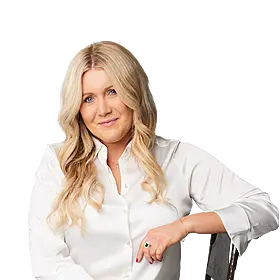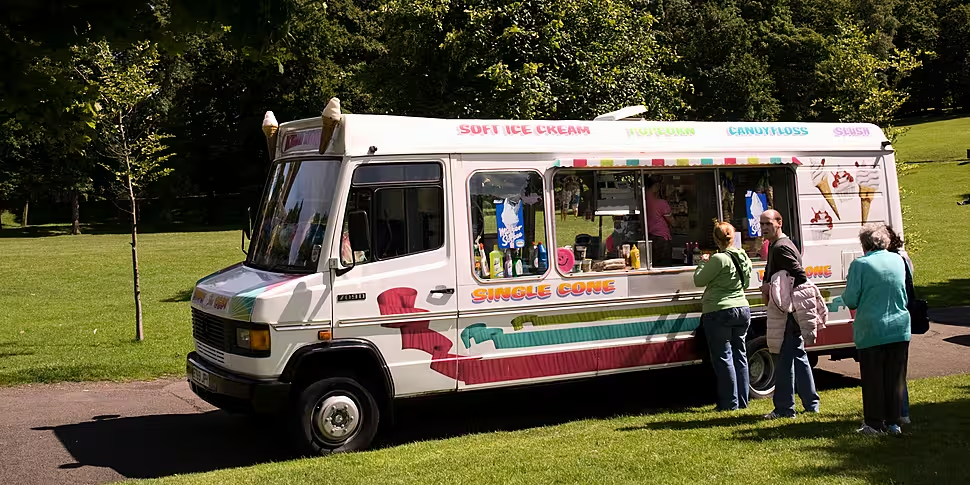Ice cream vans are synonymous with treats, but for communities in some of the poorest parts of Glasgow in the 1970s, these vans were a lifeline.
Carrying not just ice cream, these vans were effectively the general store on wheels because the council had built high-density living without the necessary amenities.
However, the routes through these estates became highly lucrative, and criminal behavior ensued, culminating with the death of nine people.
Robert Neill, the director of BBC documentary The Ice Cream Wars which aired this week, joined Moncrieff to discuss the controversial case.
Social housing
After World War II, the government wanted to get rid of tenement houses in Glasgow's city centre and move residents to new suburbs.
Mr Neill said that the plan was a "flawed" because the new areas didn't have the facilities to support such a population.
No shops were open after 6pm and pubs were not part of the plans as the government wanted to discourage drinking.
As a result, ice-cream vans became essential and ultimately "too popular for their own good".
Competition
Companies would compete on ice cream van routes to get a monopoly on that area's business.
The competition escalated to violence, including smashing windows and mirrors and even the killing of a man and his family.
"Rivalries got so intense, there was efforts to really push other drivers off the road", Mr Neill said.
"Some people are absolutely convinced that drugs were being sold from these vans."
"People who've really studied this case claim that they've never seen any evidence that drugs were sold", he said.
"But they were in and of themselves very lucrative and they did attract people who saw an opportunity."
Andrew Doyle
One company bought a second van to increase sales and squeeze out competitors.
The new driver, Andrew Doyle, was subject to intimidation, which was reported to the police at the time.
One night Mr Doyle's family home was set alight while nine people were inside, including his siblings.
Six people died of smoke inhalation, including an 18-month-old baby.
"They were in a flat on the third floor so there was really nowhere out because the fire was started at the door", Mr Neill explained.
"One brother did jump out the window, but there was really no way to escape easily."
The police is said to not have had a good relationship with residents of the area.
"It would have been difficult for people probably to tell the police too much about what they knew", he said.
Convictions
Seven men were accused of conspiracy to murder and eventually two were convicted.
The two convicts denied the accusations "very actively".
"They went down two different paths in keeping their case in the public eye", Mr Neill explained.
"Thomas Campbell took hunger strikes, he grew a very long beard, later on he would shoot video from his cell discussing his campaign."
Joe Steele, the other convict, escaped prison three times, gluing himself to the gates of Buckingham Palace on his second successful attempt.
Listen back to the full conversation here.
Main image shows people queueing for ice cream in Glasgow, Scotland. Picture by: William Arthur/Alamy









